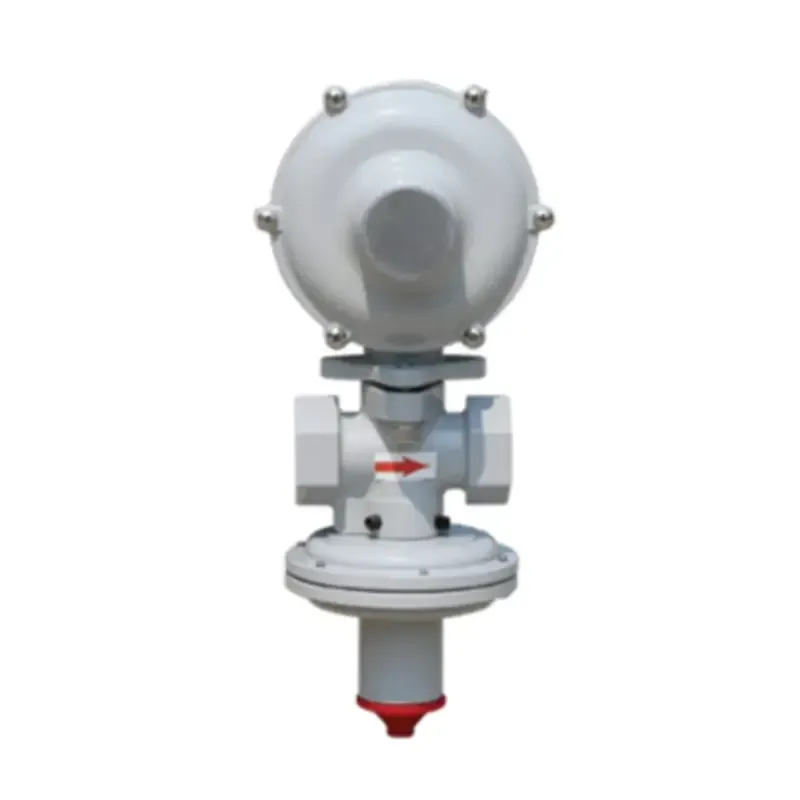
Sep . 07, 2024 18:53
Back to list
Electric Regulating Valve - Precision Control for Fluid Systems
Understanding the Electric Regulating Valve A Key Component in Modern Automation
Electric regulating valves are essential components in various industrial processes and applications, playing a critical role in the control of fluid flow and pressure. As automation technology enters more sectors, the demand for effective control systems has grown, making electric regulating valves increasingly important for optimizing performance and efficiency.
An electric regulating valve combines the functionality of a conventional valve with an electric actuator, which allows for precise control over fluid mechanics. These valves are typically used in applications involving water, steam, oil, and gas, ensuring that the desired flow rate or pressure is maintained consistently. This capability is vital in processes such as HVAC systems, chemical processing, and power generation, where even slight variations in flow can lead to inefficiencies or hazards.
The design of electric regulating valves includes several key components the valve body, the actuator, and sensors
. The valve body controls the flow of the medium, while the actuator adjusts the valve opening based on signals received from a control system. This system typically includes sensors that monitor key parameters like pressure, flow rate, and temperature, feeding data back to a central processing unit to dynamically adjust valve positions as needed.electric regulating valve

One of the primary advantages of electric regulating valves is their ability to provide precise control. Unlike pneumatic or hydraulic systems, which can be less responsive, electric actuators can make quick and accurate adjustments. This precision is particularly crucial in processes that require careful handling of reactive or sensitive materials, where over- or under-delivery can result in significant issues, including safety hazards.
Another benefit of electric regulating valves is their energy efficiency. Electric actuators often consume less power than their pneumatic counterparts, reducing the overall energy costs associated with operating a facility. Additionally, the reduced need for compressed air in pneumatic systems lowers maintenance overhead and potential operational downtime. As industries increasingly focus on sustainability, electric regulating valves align well with these initiatives by minimizing energy consumption.
Integration with modern control systems is another factor that enhances the functionality of electric regulating valves. Many of these valves can be connected to advanced automation systems, including programmable logic controllers (PLCs) and distributed control systems (DCS). This connectivity enables more sophisticated algorithms for flow control, predictive maintenance, and real-time analytics, leading to better decision-making and efficiency.
In conclusion, electric regulating valves are indispensable in today’s automated settings, offering precise regulation, energy efficiency, and seamless integration with advanced control systems. As industries continue to evolve, the role of electric regulating valves is set to expand, driving innovations in fluid control technology. Their capabilities not only enhance operational efficiency but also contribute to safer and more sustainable industrial practices, marking them as key elements in the future of automation.
Next:
Latest news
-
Safety Valve Spring-Loaded Design Overpressure ProtectionNewsJul.25,2025
-
Precision Voltage Regulator AC5 Accuracy Grade PerformanceNewsJul.25,2025
-
Natural Gas Pressure Regulating Skid Industrial Pipeline ApplicationsNewsJul.25,2025
-
Natural Gas Filter Stainless Steel Mesh Element DesignNewsJul.25,2025
-
Gas Pressure Regulator Valve Direct-Acting Spring-Loaded DesignNewsJul.25,2025
-
Decompression Equipment Multi-Stage Heat Exchange System DesignNewsJul.25,2025

